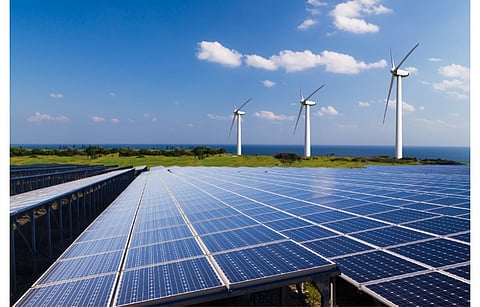

Norwegian state energy company Statkraft plans to build 3 GW of renewable energy capacity in Ireland by 2030, comprising onshore and offshore wind, solar power technologies and grid services.
It says this will contribute to the country's 80 by 30 target, which refers to Ireland generating 80% of its electricity from renewables by 2030. It comprises growing the solar PV capacity of the country to 5 GW by 2025 and 8 GW by 2030, comprising mostly utility-scale applications.
At the end of 2022, Ireland's total operational solar PV capacity was 135 MW, according to the International Renewable Energy Agency (IRENA).
The 3 GW roadmap includes 1.5 GW of capacity recently built by Statkraft or is under construction. An additional 330 MW of this is with signed route to market through the government's Renewable Electricity Supply Scheme (RESS) or through corporate power purchase agreement (CPPA).
Statkraft is to supply Microsoft with 366 MW of clean energy from wind and solar farms in Ireland (see Europe PV News Snippets).
It also cites an additional 400 MW of wind and solar projects with full planning permission for which route to market is planned for this year. The Norwegian company is awaiting decision from the country's independent planning body An Bord Pleanála for over 375 MW of wind and solar projects proposed.
Statkraft shares that it has secured sufficient land to allow for a pipeline of projects between 200 MW and 250 MW to be submitted for planning permission every year for the next 3 or 4 years.
"This strategy, which is grounded in advanced-stage development assets, is the result of years of hard work developing assets across a range of technologies that benefit from a diverse route-to-market strategy that we've established for Ireland," said Statkraft Ireland's VP for Development and Offshore, Donal O'Sullivan.
Statkraft has also secured permission to build a solar farm at the site of its under-construction 56 MW Cushaling Wind Farm in Ireland. It will be co-located with Ireland's 1st 4-hour grid-scale battery energy storage system (BESS), it added.
